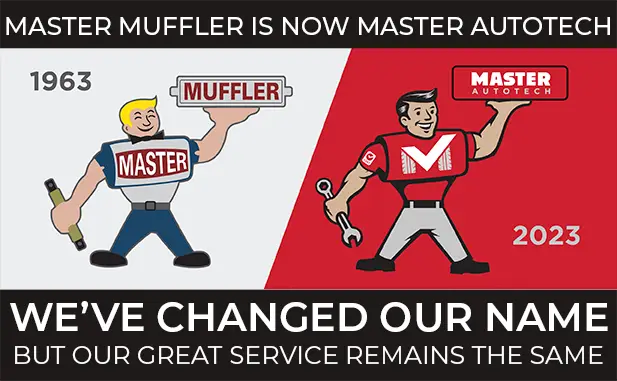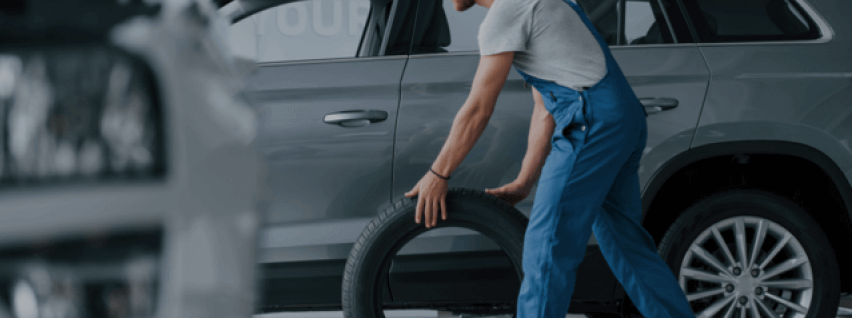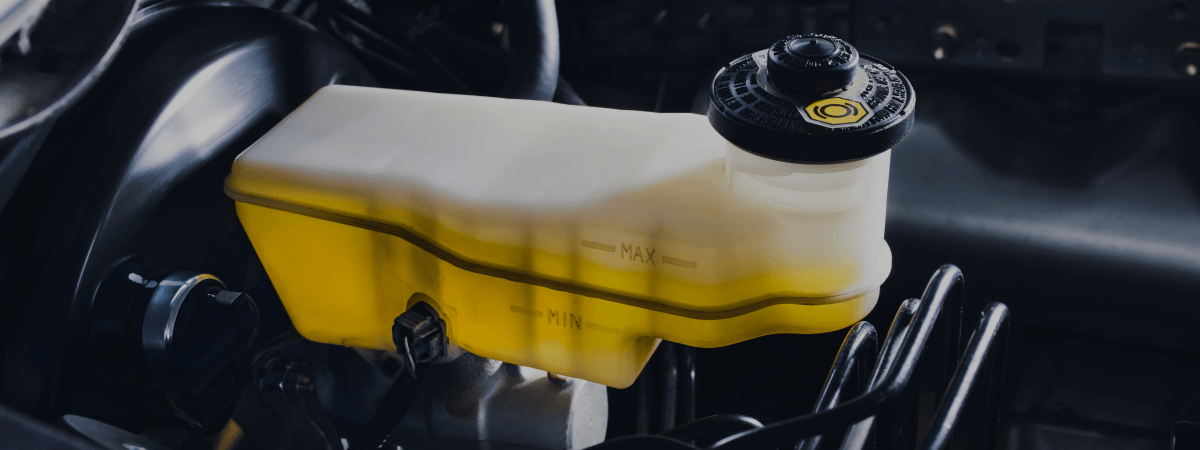Before you begin an ambitious project, like giving your auto a full paint job, or even priming it yourself, you’ll need to check environmental regulations in your area for spraying paint at home. While auto paint shops already meet these guidelines, there may be some steps you need to follow when doing it yourself, in a residential setting.
Once you are sure you are legal, the next step is to remove as many trim parts from the auto as possible. Any non-painted surfaces or areas of a different color, should be removed to make the painting process much easier.
For example, a chrome bumper can be taken off, prior to painting, to ensure that it remains chrome. Take off the rims and tires, the grille, mirrors, and any other removable pieces that need protection. If you are painting the inside, you will likely have many more items to remove, to clear a path for painting.
After you have removed everything you can, you will need to clean everything else. You do not want dirt or even tiny dust particles affecting the quality of your paint job. So, detailing, while tedious, is a worthwhile investment in your paint job.
You will need to cover any remaining surfaces that are not to be painted, such as the windows and windshield, using a thick protective paper and thick removable tape. It is preferable to use tape intended for this purpose, to avoid damaging other surfaces on your car. Be thorough and take your time sealing the areas you wish to protect, as spray-on-primer can easily find its way through gaps in the tape. Once you are satisfied with the tape-job, you are ready to move on to the next step. See “Preparing for an Auto Paint Job Part 2.”
Related Posts
Key Takeaways On average, passenger vehicle tires last 40,000 to 60,000 miles, depending on type, driving habits, and maintenance. Replace tires when tread depth reaches 2/32”, if damaged, or older than 10 years. Regular rotation, alignment, and proper inflation extend tire life. Aggressive driving, poor roads, and harsh weather shorten tire lifespan. Take advantage [...]
When you think about car maintenance, you probably focus on oil changes, tire rotations, and maybe even brake pad replacement. But what about your brake fluid? If you’ve ever wondered, “What does brake fluid do?” or “Why is brake fluid important?”, you’re not alone. Brake fluid might not be the most talked-about part of [...]
Is that high-pitched squeal from your brakes driving you—and everyone else—crazy? Don’t ignore it. Squeaky brakes aren’t just annoying, they’re your car’s way of saying something needs attention. Whether you're cruising through Salt Lake City or winding up Idaho’s mountain passes, here’s what’s likely going on, how you can fix it, and when it [...]





